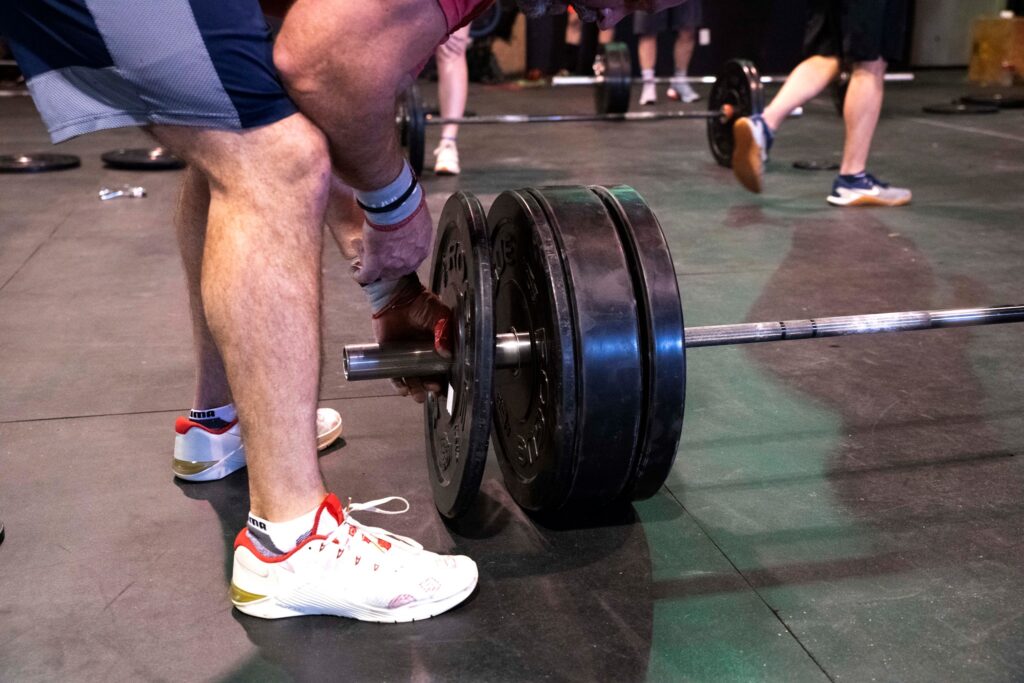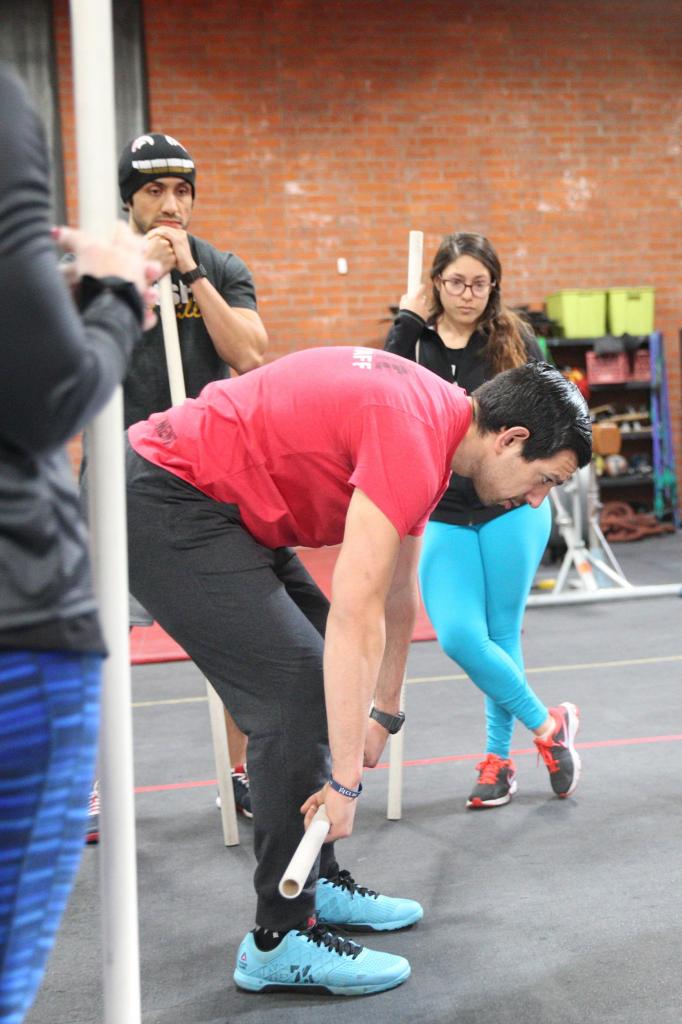Stabilizing the Spine

REMINDER
- New monthly challenge! Max Unbroken Double Unders!
- Month Goals! This month is centered around a gymnastic movement you’d like to improve on! Write it down, spend 2-3 days a week working on it!
- Sign up for the Fair Fundraiser! CLICK HERE to get registered!
CrossFit Journal Article by Victor Morris (CF-L3)
We love functional movements because they are capable of moving large loads long distances quickly. A universal motor-recruitment pattern is present when you are performing functional movements: A wave of contraction originates in the core and radiates to the extremities, generating power for movement.
This theory is sound, but many still have a hard time putting it into practice.

In order to move our extremities efficiently, we have to start from the core. For a newbie watching a push press, the core might not look very important because little movement is seen when compared to the shoulders, arms and hands. Despite the lack of movement, a great deal of energy is being used to stabilize the trunk isometrically, allowing power to be transferred from the legs through the torso and arms to the barbell.
In order to stabilize the spine and transmit the greatest force for any movement, follow three simple steps while standing tall:
- Take a breath in and hold it.
- Brace the abs as if you are preparing to get hit in the stomach.
- Lift!
You should feel tension in your trunk: It should be rigid throughout, with the spine immovable and the pelvis welded to the torso. These steps will ensure you will are in a much better position to start most movements.
Reference: “Anatomy and Physiology for Jocks,” by Greg Glassman
If you achieve the appropriate level of tension in this position, an observer should see a change in your body’s attitude when you relax after completing a task or movement. You should be able to feel this contrast as well.

The core-to-extremity principle can be applied to many movements. It is a pattern we can consciously practice and improve.
Here are two ways to practice:
Practice 1—After following the steps above, place one hand at your belly and the other at your back…… Read the full article here
FRIDAY 7.23.21
A. “Tipsy”
For time:
21 Calorie Bike, 21 Deadlift 225/155
21 Calorie Bike, 15 Deadlift
21 Calorie Bike, 9 Deadlift
RX+ 225/155, 275/185, 315/205
*Ladies bike 15 Calories
*12 Min Cap
B. Accessory
4-5 sets:
“21” Landmine Situps
*7 right, 7 left, 7 both arms
**Partner up, you go, I go

